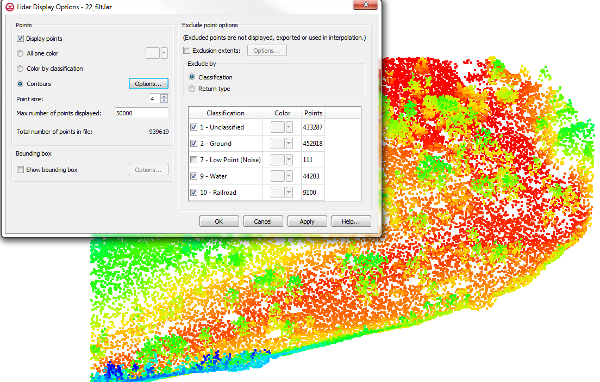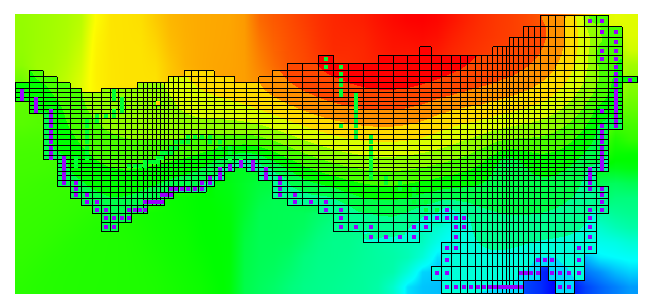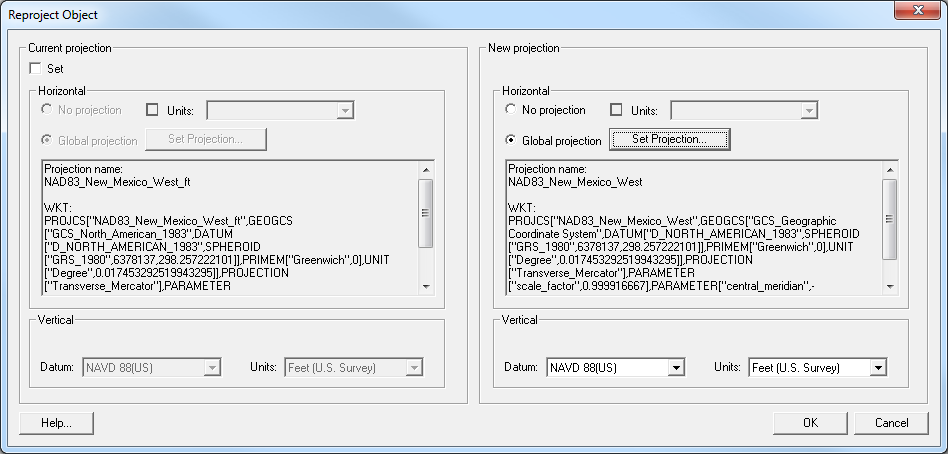GMS Training in Hannover, Germany
By aquaveo on October 3, 2018The German Federal Institute for Geosciences and Natural Resources (Bundesanstalt für Geowissenschaften und Rohstoffe, or BGR) hosted a GMS training class in Hannover, Germany from July 31 to August 3, 2018. It was taught by Todd Wood, an Aquaveo consultant, and attended by employees of BGR and the Jordanian Ministry of Water and Irrigation (MWI).
The first day of the four-day training included instruction on the basics of using GMS, including conceptual model development, defining boundary conditions, and the differences between 2D and 3D modeling. Discussion of MODFLOW and its many packages took up the majority of the first day.
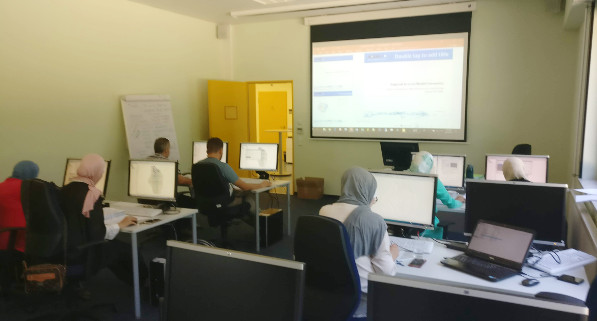
The second day’s training focused on working with regional MODFLOW models (including base maps, conceptual models, and conductance), 2D geostatistics with MODFLOW layer elevations, and interpolation methods. The third day of training covered characterization using borehole data, user-defined cross-sections and horizons, as well as an introduction to model calibration.
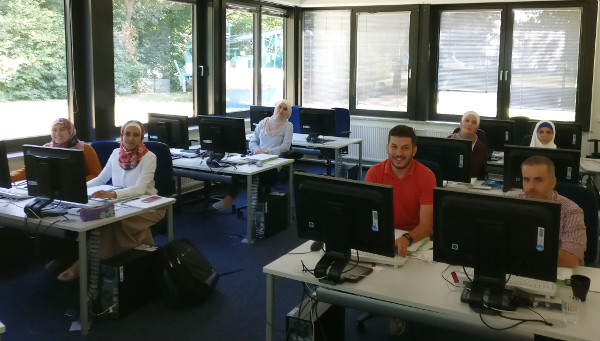
The final day of training included automated calibration tools in GMS, including the use of PEST and transient modeling. The day ended with an open lab where participants could work on their own projects with Todd being available to answer questions and help.
We appreciate Falk Lindenmaier and Mark Gropius for arranging the training session for BGR and MWI, and thank you to all of those who attended the training. We love meeting new people and helping them to use GMS more effectively!
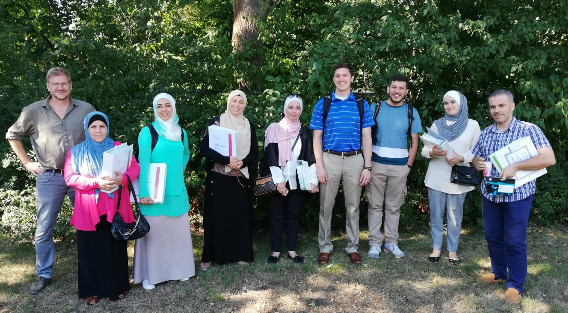
While in Hannover, Todd was able to see some of the sights with those attending the training. They visited the municipal forest known as Eilenriede, the Herrenhausen Gardens, Georgengarten, the Maschsee (an artificial lake), and the New Town Hall. Hannover has some truly beautiful locations.

To arrange your own GMS training session, please see the Aquaveo website.
